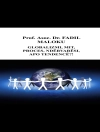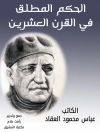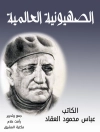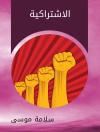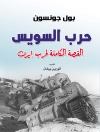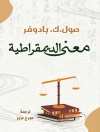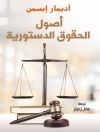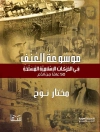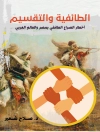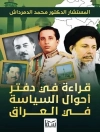This book discusses the significance of cultural symbols/‘images’ in the nation-building of Eurasian states that emerged out of the former Soviet Union. It particularly focuses on the cases of Uzbekistan and Kazakhstan in the post-Soviet era and argues that the relationship between nation- and image-building has been particularly relevant for Eurasian states. In an increasingly globalized world, nation-state building is no longer an activity confined to the domestic arena. The situating of the state within the global space and its ‘image’ in the international community (nation branding) becomes in many ways as crucial as the projection of homogeneity within the state. The relationship between politics and cultural symbols/ ‘images’, therefore acquires and represents multiple possibilities. It is these possibilities that are the focus of Symbols and the Image of the State in Eurasia. It argues that the relationship between politics and cultural symbols/ ‘images’, became particularlyrelevant for states that emerged in the wake of the disintegration of the Soviet Union in Central Asia. It extends the argument further to contend that the image that the state projects is largely determined by its legacy and it attempts to do this by taking into account the Uzbek and Kazakh cases. In the shaping of the post-Soviet future these legacies and projections as well as the policy implications of these projections in terms of governmentality and foreign policy have been decisive.
Jadual kandungan
Chapter 1. Introduction. – Chapter 2. The Politics of Nation Branding in Uzbekistan.- Chapter 3. The Heart of Eurasia and the ancient land of the Kazakhs.- Chapter 4. Reconstructed Pasts: The state and its margins.- Chapter 5. Multicultural Societies and Imperatives of a ‘Singular Faith’.- Chapter 6. The Emergence of a New Dialogue? Regional strategies and initiatives.- Chapter 7. Conclusions: The Politics of Symbolism.
Mengenai Pengarang
Anita Sengupta is Senior Researcher, Calcutta Research Group and Visiting Fellow, Observer Research Foundation, India. She is an area studies specialist and her work has been focused on the Eurasian region with Uzbekistan being her area of special interest. She has also worked extensively on Turkish politics. She has collaborated with academics and policy makers in a number of Universities and Institutes in Tashkent, Bishkek, Almaty, Ankara, Istanbul, Berlin, Washington and has published jointly with scholars in the Eurasian region. She has been associated with the Stockholm International Programme for Central Asian Studies, SIPCAS and the Nordic Network for Research on Migration, Identity, Communication and Security. Her book Heartlands of Eurasia: The geopolitics of political space (Lexington Books: 2009) was selected by the Oxford Bibliographies Online in 2011 as a must read on the section Geopolitics and Geo-strategy. She is also the author of Russia, China and Multilateralism in Central Asia (Shipra 2005) The Formation of the Uzbek Nation-State: A Study in Transition (Lexington Books 2003) and Frontiers into Borders: The Transformation of Identities in Central Asia (Greenwich Millennium Press 2002) She has edited a number of volumes on Eurasian politics. Her most recent publication is Myth and Rhetoric of the Turkish Model: Exploring Developmental Alternatives (Springer 2014).


